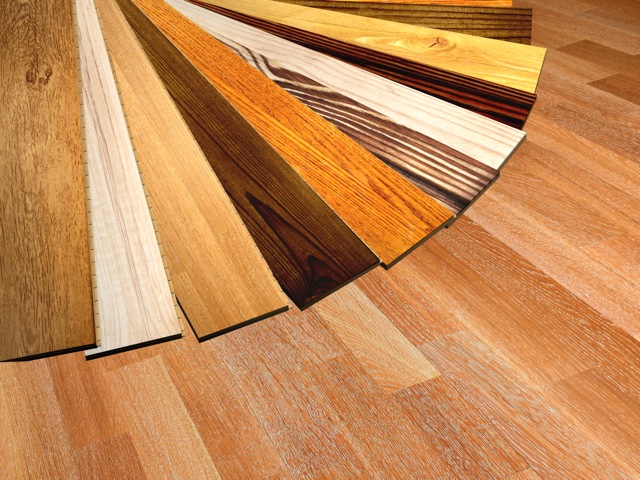An unfinished hardwood floor isn’t going to be as durable as one with a polyurethane coating. Polyurethane finishes are used to seal the wood, provide it with some protection as well as highlight the qualities of the wood. The type of finish you use will ultimately determine what the floor looks like. As a guide, we’ve put together this list of six types of polyurethane finishes.
Matte
Matte finishes are on the lower end of the sheen or lustre scale. This means that they won’t reflect as much light or look as shiny as the higher sheen finishes. However, there are distinct advantages to using a matte finish. The lower reflectivity of the floor’s surface means that dirt and scratches aren’t as apparent as they are on higher sheen floors.
Satin
Satin is considered the middle ground on the lustre scale of polyurethane finishes. The medium to low lustre level still hides dirt, scratches and smudges, but it will also provide an accurate representation of the colour of your floor. The higher lustre levels can cause the colour to get somewhat distorted. If you’re looking for a low maintenance finish with a bit of sheen, satin is a good choice.
Semi-Gloss
Semi-gloss polyurethane finish is the next step up on the lustre scale. It reflects more light than matte or satin finishes which means dirt and imperfections will be more readily visible. This means semi-gloss finishes require more regular cleaning and maintenance than lower lustre finishes.
High-Gloss
High gloss finishes have the highest lustre ratings and reflect the most light of all the polyurethane finishes. Because of this, dirt, scratches and footprints are easily visible which requires more floor maintenance. High-gloss finishes are usually used in low traffic areas where there’s a desire to highlight intricate floor embellishments.
Oil Vs Water-Based Polyurethane Finishes
Whether a polyurethane finish is oil or water-based will also play a role in how a hardwood floor appears. Oil-based polyurethane finishes tend to yellow over the years. And while this won’t make a difference if you have dark coloured floors, certain coloured woods, such as grey, white or tan, can be affected by this aging process. If you have lighter coloured hardwood floors, it’s better to use a water-based polyurethane finish. You may have to refinish your floors more often, but you don’t have to worry about the floor changing colour.

